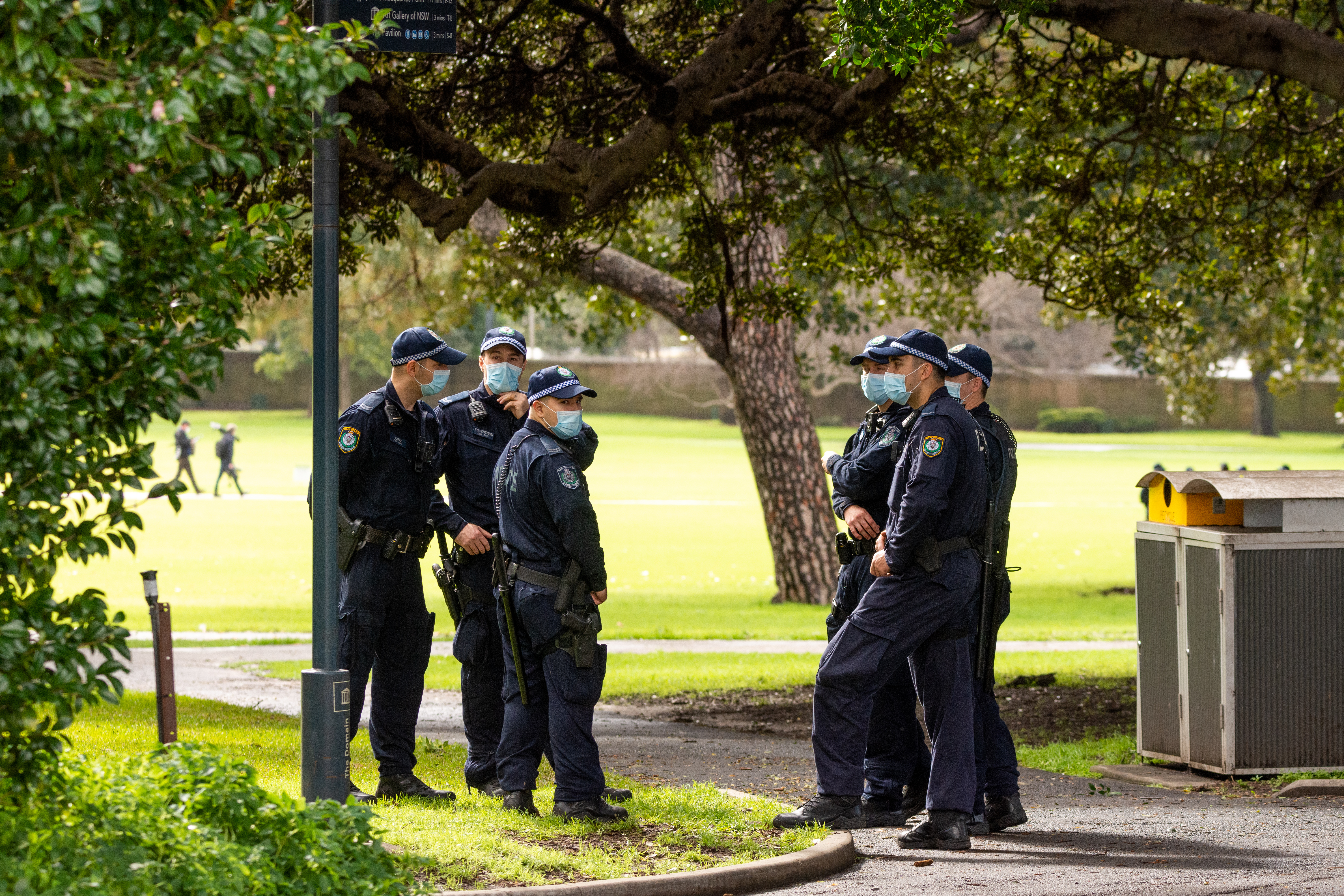Share This Article
Poppy Morandin.
A report by the Bureau of Crime Statistics and Research has defended the controversial proactive policing initiatives by the NSW Police within the Suspect Target Management Plan (STMP) by contending it effectively reduces crime.
The STMP was designed to identify, assess, and target individuals who are suspected of being repeat offenders.
The study reveals that the ‘STMP-II’, introduced in May 2005, to reduce general offending, has resulted in a 16% decrease in the probability of the person of interest committing at least one new violent or property crime.
However, concerningly, this is accompanied by an increase in the probability of a prison sentence by 46.5%.
BOSCAR outlines that the ‘STMP-II’ operates identifying individuals at risk of offending, notifying them that they are now subject to enhanced supervision, and then engaging in proactive policing of such individuals.
This will usually involve officers from an individual’s relevant Police Area Command (PAC) conducting person and vehicle searches, bail compliance checks and issuing move-on directives.
However, there are increasing worries that officers may be under misapprehension as to the scope of their powers when dealing with individuals on the STMP.
“We continue to have serious concerns about the lawfulness of the STMP proactive policing measures, particularly seemingly arbitrary ‘home visits’ and searches that may be conducted without reasonable suspicion. This policing practice is not transparent and has damaging effects on the relationship between the police and young people.” said Camilla Pandolfini, of the Public Interest Advocacy Centre.
Any member of the NSW Police can nominate an individual for a STMP, with each PAC having its own unique STMP list.
The selection process involves a risk assessment conducted utilising information regarding an individual’s offending risk and the PAC’s priority crimes.
Based on this assessment, a risk rating is generated corresponding to classifications of extreme, high, moderate, or low risk.
Another meeting will then be held to determine suitability for the STMP, noting that, puzzlingly, candidates from all four-risk categories can be placed on STMP.
Once on a STMP, targets are only removed from the list if they have died, been incarcerated or if their criminal behaviour appears to have ceased.
Despite these considerations, there is no formal legal process or obligation to inform the person being monitored.
Notably, there is no statutory basis for the program, which worryingly means that there is little oversight or scrutiny on its operation.
Furthermore, there appears to be no basis on which an individual could challenge their place on an STMP.
“It’s part of the NSW Police Commissioners publicly stated plan to make us all a bit fearful of the police and it has no basis in legislation.” stated David Shoebridge, Greens MP whilst addressing parliament.
Advocates from the Youth Justice Coalition NSW have also launched considerable criticism at the initiative over the years due to its implications for civil liberties and police accountability.
There has been found to be a disproportionate use of the STMP against young people and First Nations people, with 48.8% of ‘targets’ under 25 and nearly 44% identified as Aboriginal.
It has even previously been revealed that the youngest person on a STMP was merely 9-years-old.
“STMP has been criticised for targeting vulnerable groups such as juveniles and Aboriginal people. While our evaluation confirms that these groups are over-represented among STMP participants, this now needs to be considered in light of the considerable crime reduction associated with participating in the program.” said Executive Director at BOCSAR, Jackie Fitzgerald, whilst commenting on the findings.
Whilst evidently, BOSCAR has sought to defend the program, advocates have contended that it must be viewed in light of the detriments it carries to First Nations peoples, as well as how being subjected to attention often akin to constant harassment can create poor police-community relations.
“BOSCAR has sought to justify the STMP and its appalling racial bias against First Nations people through modest reductions in property crime.
“The study used a limited data set with no control group and a study cohort which had an inevitable and powerful selection bias which it failed to correct. It also failed to consider the large body of evidence which shows how early involvement in the criminal justice system has lifelong impacts on First Nations people.” noted Shoebridge.
“The BOCSAR study doesn’t tell us about the long-term effects on different types of offending or the effects on individuals, especially on children, young people and First Nations which we know can be devastating. Constant police intervention, erosion of fundamental legal rights and oppressive surveillance is not the way to address the causes of offending in a liberal democracy.” concurred Dr Vicki Sentas, of UNSW Law.
Despite such scathing criticism, Police Minister David Elliott has reportedly welcomed the findings and sought to emphasis how they highlight how the initiative is ‘world-leading’.
Click here for an outline on the law on when police can use force.
Have a question? call to speak to an experienced criminal lawyer in Sydney today.
Book a Lawyer Online
Make a booking to arrange a free consult today.
Call For Free Consultation
Call Now to Speak To a Criminal Defence Lawyer
Over 40 Years Combined Experience
Proven SuccessAustralia-Wide
Experienced LawyerGuarantee
 (02) 8606 2218
(02) 8606 2218
 (02) 8606 2218
(02) 8606 2218














